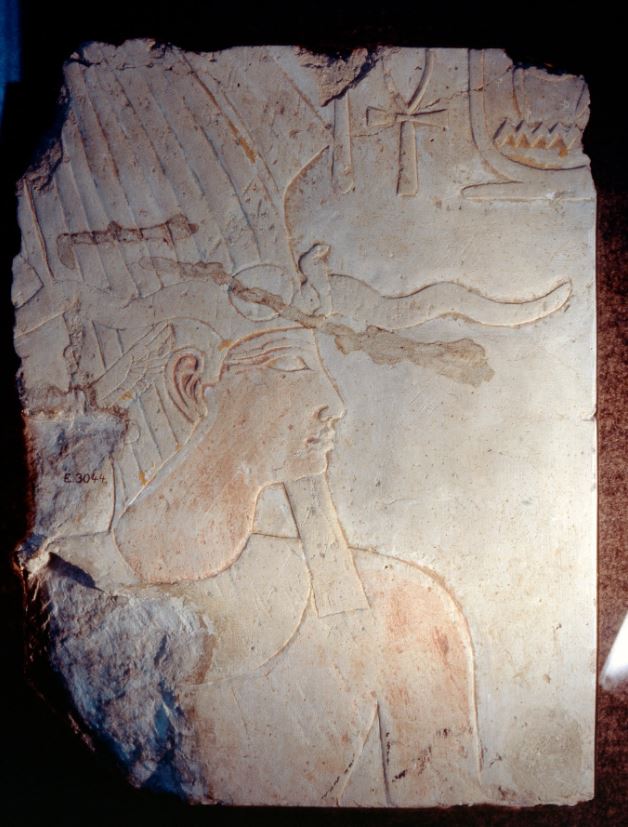More than a century since the tomb of King Tutankhamun was discovered in 1922, a shocking Egyptian archaeological discovery has appeared: The tomb of King Thutmose II has been found!
The New York Post reported that Egyptian and British archaeologists confirmed the important discovery on February 18, 2025.
This historically important discovery is said to mark the end of the "thirst" to explore the lost tombs of kings under the 18th Dynasty of ancient Egypt. CBS News reported that the discovery came more than 100 years after the remains of King Tutankhamun were discovered in 1922.
The entrance to the mausoleum was found in 2022 in Thebes - a World Heritage Site on the west bank of the Nile River, near the city of Luxor. However, it took two years of careful research for the research team to confirm that this was the final resting place of the pharaoh of the 18th Dynasty (1550-1292 BC).
At the time of initial discovery, there were many theories about who the mausoleum belonged to, however, it was not until recently that experts could confirm that this was truly the final resting place of King Thutmose II.
Interestingly, the body of King Thutmose II was found in the 19th century at another nearby location. This led to the hypothesis that the original tomb was looted, forcing priests to move the mummified bodies to protect them. Currently, the king's body is on display at the National Museum of Egyptian Civilization.

Dr Mohamed Ismail Khaled, General Secretary of the Egyptian Supreme Council for Archaeology, published a number of findings inside the mausoleum that helped the team reach their conclusion - including many pieces of the container clearly state the title "king of icebergs" of Thutmose II.
However, the tomb was severely damaged by floods that occurred thousands of years ago, shortly after the king's death.
The discovery is considered one of the most important archaeological discoveries in recent times, helping to shed more light on the history of ancient Egypt and the reign of King Thutmose II.
Dr Piers Litherland, representing the British members of the group, said the team continues to dig up further antiques that may have been moved from the mausoleum, opening up new mysteries about the king.
Notably, last year, scientists also found metaphorical carvings at the bottom of the Nile River, depicting many great pharaots, including the ancestors of King Tutankhamun. The discovery provides new historical information about the legendary dynasties of ancient Egypt.







